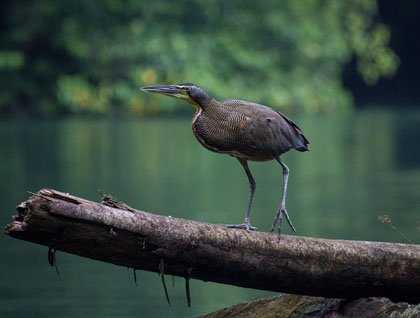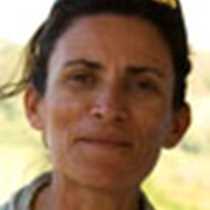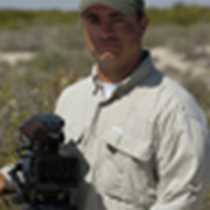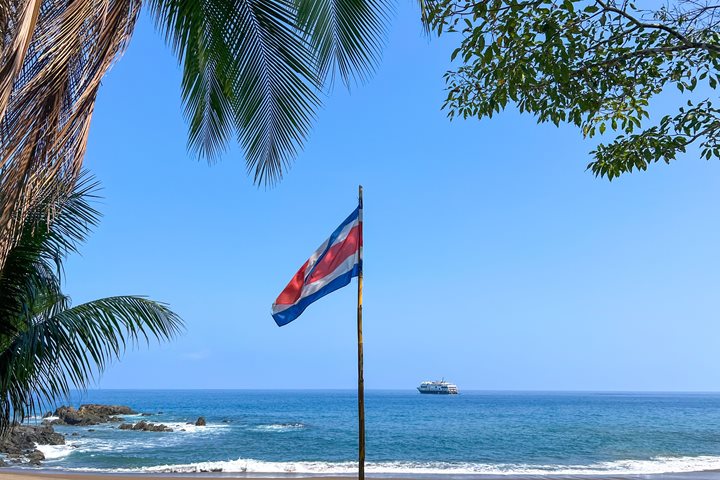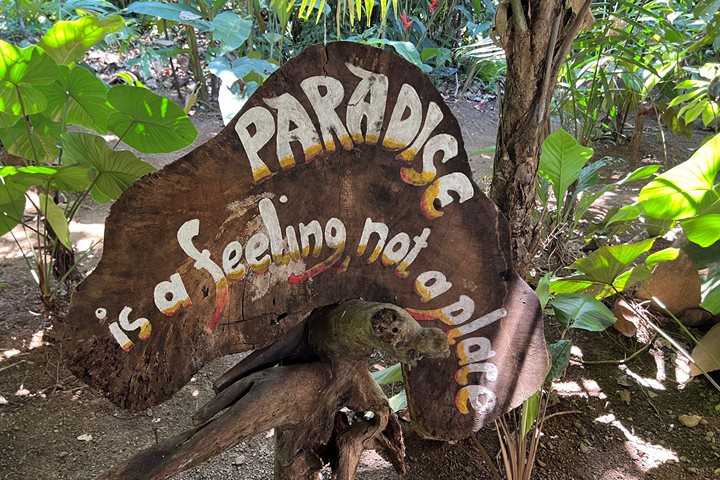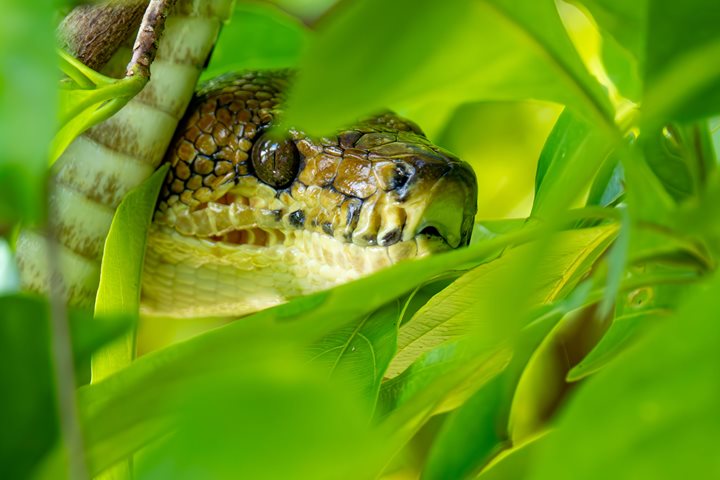We began today’s journey by heading straight into the tropical rainforest. The Osa Peninsula is located on the southernmost side of the Pacific coastline and is amongst most pristine rainforests in the region. Being somewhat isolated from the mainland of the country, it is very far from the cities (eight hours away by car). The region’s hot and humid climate made it a less desirable place for people to establish cities. We have the opportunity to spend the day here.
We set out for an early morning exploration of the Agujitas River on our loyal exploration landing crafts. Our five crafts were welcomed by an incredible array of wildlife as we travelled to the river mouth: little blue herons, snowy egrets, yellow-crowned night herons, bare-throated tiger herons, Amazon kingfishers, green kingfishers, black-cheeked ant tanagers, and several other inhabitants of this realm.
The lighting was perfect for the photographers! On our way back to the ship, we caught a quick glimpse of the village of Agujitas, the final destination for those travelling by car before embarking a boat.
We returned to the National Geographic Sea Lion for breakfast while the ship repositioned for the next destination. Some of us decided to tour the forest by horseback, others went by foot on a vigorous hike or birdwatching along the Caletas Bay Wildlife Refuge. Just steps before the Corcovado National Park, this refuge is a pristine stretch of land privately owned by our friend Enrique. We had some excellent sightings: yellow throated toucans, scarlet macaws, spider and white-throated capuchin monkeys, black cheeked ant tanagers, white-throated shrike tanagers, agoutis, and many more.
After a lunch on the ship, we ventured out again, disembarking onto the San Pedrillo Park Rangers’ Station, which is one of the six rangers’ stations within the Parque Nacional Corcovado. We had the choice of a more energetic hike to the waterfall or strolling through the coastal Pargo Trail. It was such a great day! We spotted coatis, great curassows, a troop of at least twenty five spider monkeys, some white faced capuchins, puma and tapir fresh prints and a peccary mud pool. Just when we didn’t think it could get any better, it did… the lights on the stern of the ship attracted small fish, pantropical spotted dolphins and greater bulldog fishing bats.
After a satisfying day full of vigorous exploration, we went to bed looking forward to what tomorrow had in store for us.

